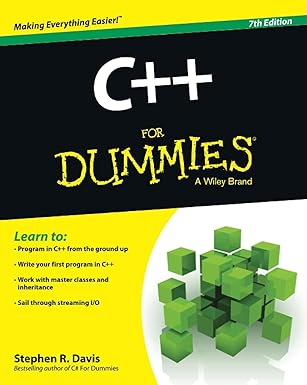This Java program demonstrates the essential concepts of exception handling using the try-catch-finally construct. Exception handling is crucial for dealing with unexpected errors that may occur during program execution.
It shows different mechanisms on how to handle exceptions, catch errors and show error messages. Exception handling helps manage errors gracefully during program execution. The try-catch-finally structure provides a mechanism to handle exceptions, ensuring proper program behavior even in the presence of unexpected issues. Custom exceptions can be created to convey specific error information.
The following Java code serves as a fundamental example for novice Java programmers to grasp the basics of exception handling in Java.
How this Java Code Works?
Here is a break down of the above Java program.
The main() Method:
- The
mainmethod is the starting point of the program. - It contains a
tryblock where thethrowExceptionmethod is called, which intentionally throws a custom exception. - The
catchblock catches the custom exception (CustomException) and prints an error message to indicate that the exception has been handled.
The throwException() Method:
- This method illustrates the process of throwing and catching exceptions.
- Within the
tryblock, it prints a message and throws a custom exception (CustomException). - The
catchblock catches the custom exception, prints an error message, and rethrows the exception for further processing. - The
finallyblock is executed regardless of whether an exception is thrown or not. It is useful for cleanup operations.
The doesNotThrowException() Method:

Unlock the world of programming with C++ for Dummies – the perfect beginner’s guide to mastering C++ with ease and confidence!
View on Amazon
- This method demonstrates a scenario where no exception is thrown.
- The
tryblock contains code that does not throw any exception. - The
catchblock is not triggered because there is no exception to catch. - The
finallyblock is executed to demonstrate its role in cleanup operations.
CustomException Class:
- A custom exception class (
CustomException) is defined to showcase the creation of user-defined exceptions. - It extends the built-in
Exceptionclass and has a constructor for providing a custom error message.





